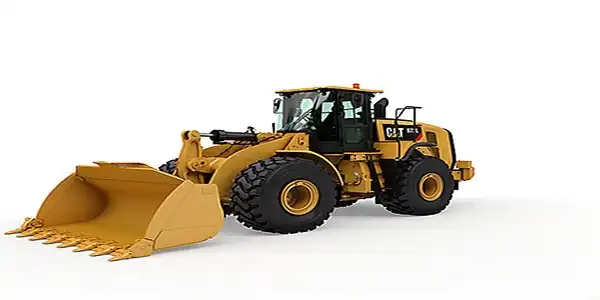The Classification of Transmissions
Any complete machine is composed of a power part, a transmission device and a working mechanism, and the energy is transmitted from the power part through the transmission device to the working mechanism. According to the different working mediums, transmission can be divided into four categories: mechanical transmission, electric transmission, gas transmission and liquid transmission.
Mymro provides high-quality fuel system components for your equipment, whether you are planning to replace the fuel injector or the fuel pump, you can find what you are looking for in our store.
(1) Mechanical transmission
Mechanical transmission transmits energy through mechanical parts such as gears, belts, chains, wire ropes, shafts and bearings. It has the advantages of accurate and reliable transmission, simple manufacturing, relatively mature design and technology, and little influence by load and temperature changes.
(2) Electric transmission
Electric transmission has been widely used in occasions where there is an AC power supply, but if the AC motor realizes stepless speed regulation, it needs to have a frequency speed regulation device, while the DC motor needs a DC power supply, and its stepless speed regulation requires a thyristor speed regulation. equipment, so the scope of application is limited. There is still a long way to go before the electric drive is widely used in high-power and low-speed and high-torque applications. In the application of construction machinery, due to the limitation of power supply, the structure is cumbersome, and frequent starting, braking, commutation and other reasons cannot be performed, and electric drive is rarely used alone.
(3) Gas transmission
The gas transmission uses compressed air as the working medium. By adjusting the air supply, it is easy to achieve stepless speed regulation, and the structure is simple, easy to operate, and has less pressure loss during the flow of high-pressure air. At the same time, the air is obtained from the atmosphere without supply. exhaust and air leakage all return to the atmosphere, with no pollution of the environment, and strong adaptability to the environment. The Achilles heel of gas transmission is that stable motion cannot be obtained due to the compressibility of air. Therefore, it is generally only used in places where the uniformity of motion is not important, such as air hammers, air picks, etc. In addition, in order to reduce air leakage and safety reasons, the working pressure of the gas transmission system generally does not exceed 0.7~0.8MPa, so the pneumatic components are large in size and should not be used for high-power transmission. In construction machinery, pneumatic components are mostly used for control systems, such as the control of brakes and clutches. In addition to the transmission, click here to learn more about the cooling system parts.
(4) Liquid transmission
Using liquid as the working medium, the transmission of energy and control is called liquid transmission, which includes hydraulic transmission: liquid viscous transmission and hydraulic transmission.
- Hydraulic transmission It is actually a high-center pump-turbine system. The engine drives the centrifugal pump to rotate, sucks the liquid from the storage tank and drives the liquid to rotate, and finally discharges the liquid into the conduit at a certain speed. so. The business pump turns the mechanical energy of the engine into the kinetic energy of the liquid. The high-speed wave body discharged from the pump is sprayed onto the blades of the turbine through the guide tube, so that the current energy of the turbine turns into the mechanical energy of the flag wheel shaft. This kind of transmission that only utilizes the kinetic energy of the liquid shows the hydraulic transmission, and the modern hydraulic transmission device can be regarded as an evolution from the above centrifugal pump lubricating turbine unit. Hydraulic transmission is widely used as a part of mechanical transmission in construction machinery. It is widely used as a hydraulic mechanical transmission. It has the characteristics of automatic stepless transmission. No matter how much resistance the machinery encounters, the engine will not stall. However, due to the relatively low efficiency of hydromechanical transmission, it is generally not used as an independent and complete transmission system.
- Liquid-viscous transmission It uses viscous liquid as the working medium and relies on the viscosity of the liquid between the main and driven friction plates to transmit power and adjust the speed and torque. Hydro-viscous transmission is divided into two categories, one is the hydro-viscous transmission with constant oil film thickness during operation, such as silicone oil fan clutch; Hydraulic brake, hydraulic dynamometer, hydraulic coupling, hydraulic speed control device, etc.
- Hydraulic transmission It is the transmission using the hydraulic pressure energy in the closed working volume. A hydraulic jack is an example of simple hydraulic transmission.
 Track Your Order
Track Your Order




